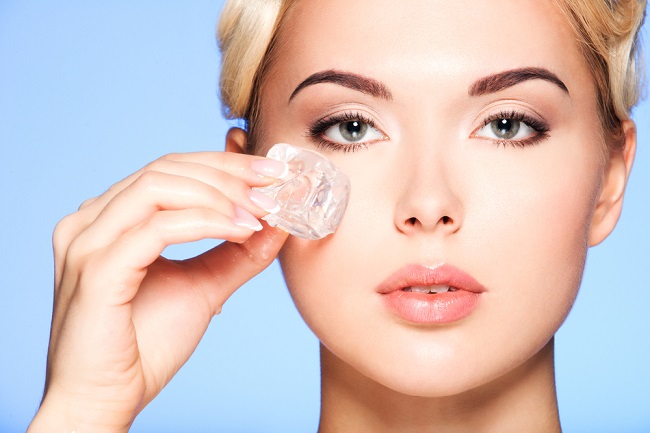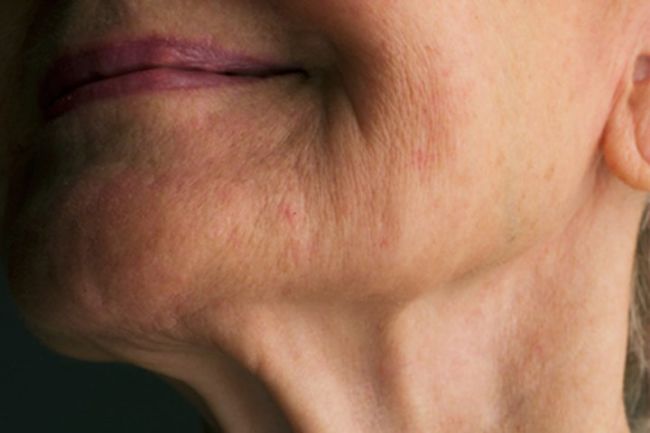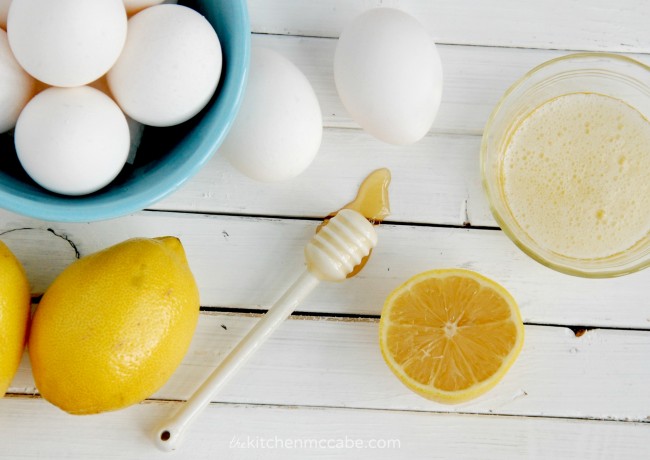If you are one of those animal lovers, then you will always be in good company. In the vast majority of households around the world there will be at least one pet.

Having a pet can bring a lot of joy as well as other benefits for both physical and mental health, however, one of the biggest problems of having an animal at home are the annoying fleas.
Fleas have been with us for a long time
These small threats have a long history within civilization. Modern science has identified at least 2,000 species, including the notorious rat fleas and those that mortify cats, dogs and humans.
Because these biting insects are bloodsuckers, they are known to transmit lethal diseases to humans and animals.
Some of the earliest historical records mention small plagues that invaded homes and inflicted bites on man and beasts. These pests caused death and disease centuries before microbes were discovered. Perhaps the deadliest flea pandemic on record was the Black Death in the fourteenth century.
As the population of European countries increased, so did the lack of hygiene and proper sanitation. Human waste and garbage were often dumped in the streets, further contaminating drinking water. With so much dirt and chaos, flea-infested rats thrived and lived in luxury.
These insects bit infected rats and then fed on human blood. Because both rats and insects carried the deadly bubonic bacteria, Europe erupted into a plague that lasted nearly seven years, costing an estimated 50 million people.
Nearly three centuries later, the bubonic plague arrived in Britain and claimed at least 100,000 lives. The same conditions and another infestation of rats bitten by fleas were the causes of this tragedy.
Bubonic plague may not be a threat in most countries in the modern world, but we still continue to fight these insects that affect the well-being of our pets and our home.
Some facts about these little monsters
These bloodsuckers may be small, but they are insects robust to their size. Like most insects, their life cycle is divided into four stages: egg, larvae, pupa and adult. Did you know that the average flea can jump at least 150 times the length of your body?
If a 1.8-meter-tall human had the same ability, he could jump up to 270 meters, which is the length of 2.5 football fields. No wonder these parasitic pests have no trouble jumping off the ground into animals and humans.
Since fleas can live up to three months and a female usually lays 20 to 30 eggs at a time, infestations can occur in a matter of days.
These hellish insects use your beloved pets to invade your home, but they can also sneak into your shoes, clothes or even through doors and windows. Because they require the blood of their hosts to lay eggs and survive, they do not discriminate between furry mammals or humans.
Fleas often leave multiple bites on their hosts that cause swelling, redness, burning and severe itching. A very important sign that your little furry friend is infested with bloodsuckers is a chronic scratching, loss of fur, irritated skin and spots of fecal matter in their hair.
Fleas not only pose a threat in terms of blood-borne diseases to animals and people, but can also cause anemia, infections and skin diseases.
These can stay on your carpet, furniture, and sheets. Bloodsuckers can survive up to two weeks without a parasitic food.
Fight these pests naturally
Since these dreadful parasites began to torment civilizations, people have tried to eradicate them in numerous ways. In the early days, people depended on natural remedies such as alum dust, sulfur or simple salt for insect control.
These were eventually replaced by chemical solutions that were often useless or too poisonous.
Are you looking for a way to eradicate fleas without harming your family, pets or the environment? You can stop the constant itching and other potential dangers of an infestation safely, efficiently, and organically. To rid your home of these pesky insects, try these ten simple home remedies.
1. Use a vacuum cleaner frequently
Waking up in the morning, getting out of bed and placing your feet on a soft carpet are a comforting feeling. This not only adds an extra layer of insulating to your floors, but brings beauty and texture to the whole house. Unfortunately, your beautiful carpet can serve as the perfect refuge for certain pests like fleas.
To minimize the presence of these invaders, vacuum your carpets daily with a quality vacuum cleaner. Use a crack and edge tool to reach the corners and along the sockets.
After each cleaning, place the disposable cleaning bag in a small sealed garbage bag and discard it in an outdoor container. If you have a vacuum cleaner without a bag, empty the collection container in the same way.
2. A pinch of salt
Dehydration means certain death for nuisance insects, including ticks and other bloodsucking insects.
For a quick and inexpensive way to dehydrate them, sprinkle some fine salt on your floors or carpets, and let it sit for at least 24 hours, which will kill all adult fleas. Then vacuum your carpet and repeat, if necessary.
3. Diatomate Earth
Mother Nature supplies some of the best insecticides available, such as diatomame earth or ED. Millions of years ago, microscopic organisms called diatoms died in bodies of water, leaving countless fossilized skeletons in mud and dry clay.
For centuries, people have used ED for medicinal purposes and as a natural insecticide. It was easy to collect around lakes, rivers and oceans. ED is safe for humans and animals but deadly for invasive insects.
Unlike most members of the animal kingdom, insects do not have an internal skeleton. Instead, their bodies are covered with a shell called an exosketo that must be kept moist and flexible. If not, it will break and the insect will become dehydrated and die.
You can buy food grade DE in most gardening stores or farm equipment at very good prices. Sprinkle ED in your yard or home to kill bloodsuckers and other harmful insects. The sharp grains of microscopic diatoms pierce the exoskeletons, which will kill these pests.
4. Sulfur
You know the pungent aroma of this element if you’ve ever smelled rotten eggs or cooked cabbage. Ancient cultures such as the Egyptians appreciated sulfur as a medicine and cure for body lice. When using sulfur, be sure to spray it only slightly, as it smells too strong and putting too much is not good for your pet.
5. Use what your herb garden has to offer
If you’re looking for something to rid your beloved pets and your home of blood-sucking insects, why not take a stroll through your herb garden?
Many of your favorite culinary herbs, such as basil, lavender, oregano and mint, are bad news for pests. Use fresh herbs or their essential oils to make a very effective flea repellent.
6. Lemons
You may enjoy the refreshing aroma of fresh lemon juice, but insects and bloodsuckers hate it. While experimenting with some natural herbal insecticides, mix them with fresh lemon juice or zest. Then mix and pour the liquid into a spray bottle.
Lemon juice can be organic bleach, so try it on an inconspicuous surface before using it. It’s a nice smelling spray that can even be safe for you or your pets. Refill the spray bottle with the mixture as needed.
7. Baking soda
Like salt and sulfur, baking soda is a natural ingredient that you can spray inside or outside your home to repel all sorts of nasty bugs. You could also lightly sprinkle your pets and sheets to keep bloodsucking insects at bay.
Sprinkle baking soda on the floor and upholstery, let it sit overnight and then sprinkle it.
8. Apple cider vinegar
Scientific reports abound as to the benefits of apple cider vinegar. Not only can this be good for your health and useful at home, but it can also repel bloodsucking pests. Just add a little to a cotton ball and leave it in places where you observe these pests.
When bathing your pets, use some apple cider vinegar in the rinse to repel the nasty fleas. Vinegar can also combat pet dander and make their furs soft and shiny. It is a cheap and totally natural home remedy.
9. Traps with liquid soap for dishes
Since bloodsuckers are not good swimmers, this is a very effective simple trap that will be able to clean your house in no time.
Just pour some water into a shallow dish and add a few drops of liquid dishwashing soap, then place it where you notice insect activity. Pests will jump in large numbers to swim a bit, however they will not come out alive.
10. Neem Oil
Do your precious pets have sensitive skin or are they dealing with blood-sucking insects? Veterinarians have recommended organic neem oil for years as a natural way to deal with insects and cure animal skin diseases.
All you need to do is rubbing a little on your skin and fur to see impressive results.









